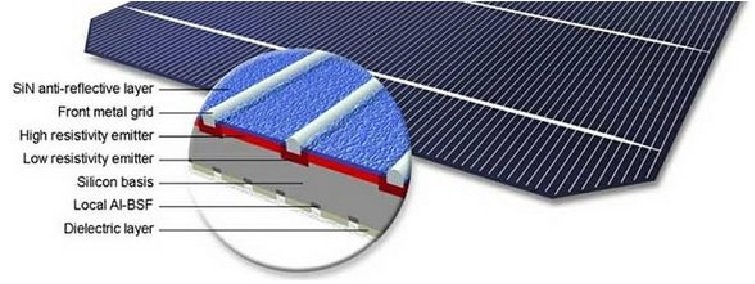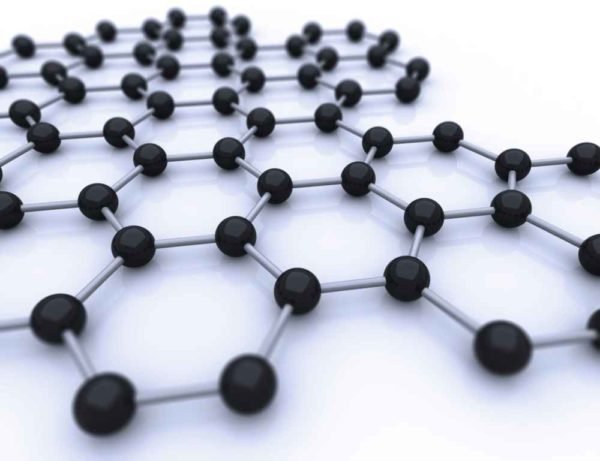
GRAPHITE SOLAR PANELS
With the appearance of Graphene, graphene solar panels also appeared , they are more resistant and more efficient
What is graphene?
The graphene is a graphite material from arises when carbon particles are grouped densely hexagonal sheet.
The graphene is also the strongest material available. It has been confirmed by scientists at Columbia University and by publishing the finding in the journal Science.
Graphene solar cells to increase the conductive capacity
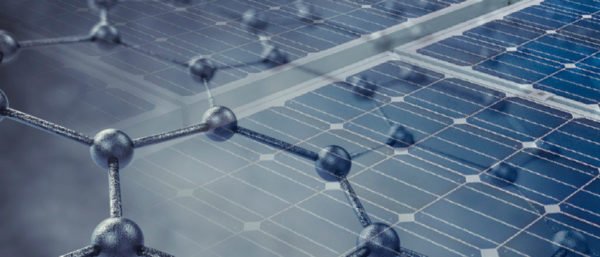
A research topic of the department of science and technology of innovative materials of the Technological University of Michigan is investigating the characteristics of a new material with which to build new more efficient solar cells.
This is graphene that could increase the conductivity of each individual panel by 52% compared to the current one.
The research was presented in the academic article “Promotion of the effect of graphene on solar cells sensitized by dye”.
What is graphene?
The graphene is a material that is characterized primarily by its hardness comparable to diamond and is composed of a monoatomic layer of carbon atoms , which means it has a thickness equal to a single atom.
How is graphene obtained?
The graphene is obtained by chemical synthesis in the laboratory from a primary natural material, graphite , or a mineral that represents one of the allotropic states carbon.
The conformation of graphene is usually formed by hexagonal cells , as also suggests the end of its name, and, in the presence of imperfections, the cells can have other forms, such as a pentagon or heptagon.
The graphene has some excellent qualities of semiconductors and in 2012 was integrated into the transistor from IBM .
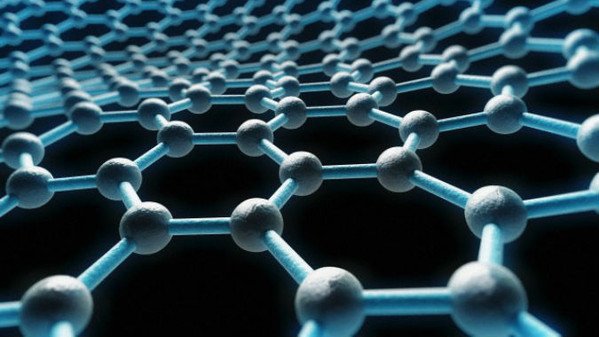
(Internal structure of a graphene molecule)
The use of graphene in photovoltaic technologies should be strictly considered with thin film and silicon modules .
When a thin film solar module is treated with titanium dioxide dye , it has the characteristic of being the semiconductor of the system that activates the photovoltaic effect.
Research has shown that with the addition of graphene to the dioxide, the conductive capacity increases, increasing up to 52.4% .
Yun Hang Hu , professor and leader of the research group, explains: ” The excellent electrical conductivity of graphene sheets allows them to act as bridges, accelerating the transfer of electrons from titanium dioxide to the photoelectrode “.
The technique for the production of this particular compound was developed by the team and, in principle, does not seem excessively difficult to understand but above all to implement. It involves creating sheets of titanium dioxide integrated with graphene . The first operation consists in reducing the graphite oxide powder that must be mixed with titanium dioxide to form a homogeneous paste. Finally, the paste should be spread on a substrate, which can also be simple glass, and baked at high temperatures.
Also from the statements of Yun Hang Hu : ” It is low cost and very easy to prepare, if too much graphene is used, it will absorb the light from the solar cell and reduce its efficiency “. In fact, this is the risk , which is the research group’s need to find the right proportions between the two materials , so that even the final properties are balanced.
The research was also conducted in parallel by another group at the Helmholtz-Zentrum Institute in Berlin for silicon photovoltaics . In this case, the researchers noticed for the first time the intrinsic characteristics of graphene , that is, the hardness and transparency .
After some laboratory tests, the result was that the use of graphene in a photovoltaic panel could make it practically perfect from the point of view of the conversion of lighting and, consequently, of energy efficiency.
In this case, the researchers reproduced in the laboratory a thin film photovoltaic module based on graphene but with a copper substrate .
From here two different versions that have seen this film applied to traditional silicon technology, a first one with an amorphous structure and a second one with a polycrystalline silicon layer . The result was that graphene maintained its properties unaltered , despite the fact that the modules thus composed were totally different.
Norbert Nickel , one of the researchers, explains: ” The result is something we did not expect to find, which shows that graphene is still graphene despite being covered with silicone.
Measurements of vector mobility show that the mobility of charge carriers within the embedded graphene layer is approximately 30 times greater than that of conventional zinc oxide-based layers. “
PHOTOVOLTAIC: GRAPHICS STORAGE SYSTEMS
The graphene , a material isolated for the first time by the University of Manchester in 2004, has the characteristic of being hard as diamond and at the same time, to be considerably thinner and lighter.
At the chemical level, it is inert and very flexible and has the characteristic of being an excellent driver. In summary, this “wonderful material”, which has been in use for a long time in photovoltaic applications , is now an ideal component for storage battery systems , which allow the storage of excess electricity produced by a photovoltaic system and put it in the network if necessary.
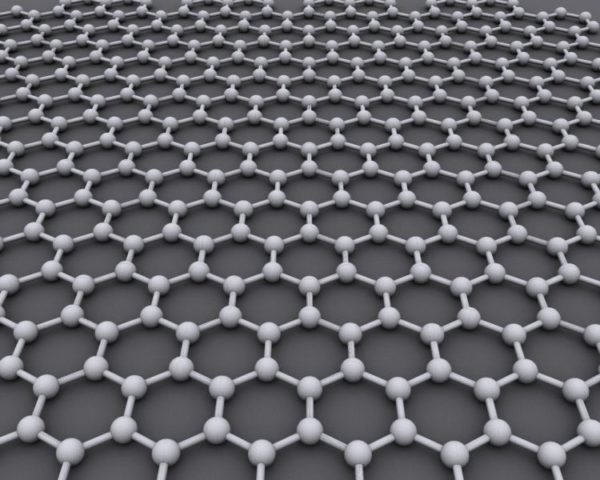
(Graphene is a material composed of carbon atoms, particularly resistant but also very flexible)
The idea comes directly from its “discoverers”, a team of researchers from the University of Manchester, involved in the project ” Storage of electrochemical energy with graphene-enabled materials .”
The research (it is good to say immediately) is still in its infancy, because, for the moment, it is about verifying its viability . The question that must be answered first, in fact, refers to the compatibility of graphene with the other materials used in the construction of storage systems.
The team’s research began, therefore, from the lithium ions (which are often produced from the anodic material inside the batteries) and the analysis of the transmission speed of the electrons through the new and possible graphene batteries.
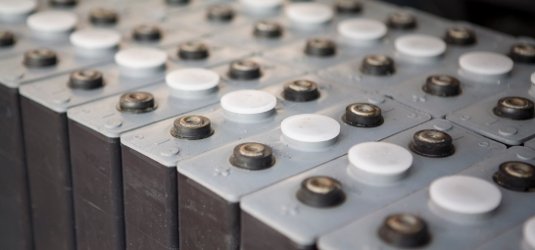
(At this time, the Manchester team is verifying the possibility of using graphene in photovoltaic storage systems)
Once viability has been verified, English researchers will also have to deal with the costs , not really within reach of all pockets, of graphene, also linked to processing temperatures (around 1400 degrees) and, finally, to the amount of material to be used.
But once a solution has been found, the goal will be to extend its use of batteries to supercapacitors . These particular electrical capacitors are, in fact, capable of accumulating smaller amounts of energy, compared to smaller and more extended batteries and storage systems, but with a longer life and power.
The market, then, (according to Professor Andrew Forsyth, one of the leaders of the project) would be that of electric cars. , which, in conjunction with the graphene batteries, could give the decisive boost that has been sought for a long time.
The autonomy and the duration of the load, in fact, could extract from the English studies the necessary characteristics so that these cars are really competitive in the market.

(The Manchester team aims to extend the use of graphene from normal storage systems to supercapacitors)
In addition, the University of Manchester is not the first to take this path. Already in 2011, American researchers from Nanotek Instruments and Angstrom Materials published in the scientific journal Nano Letters the first results of an investigation that involved the use of graphene electrodes to improve the energy storage systems of electric vehicles, renewable energy sources. and smart grid applications.
Also in this case, the studies referred to the interaction of graphene with lithium ions, demonstrating that the former are capable of capturing lithium ions quickly and reversibly.
The fact that American results have already been so promising is certainly an advantage for the new studies at the University of Manchester.


